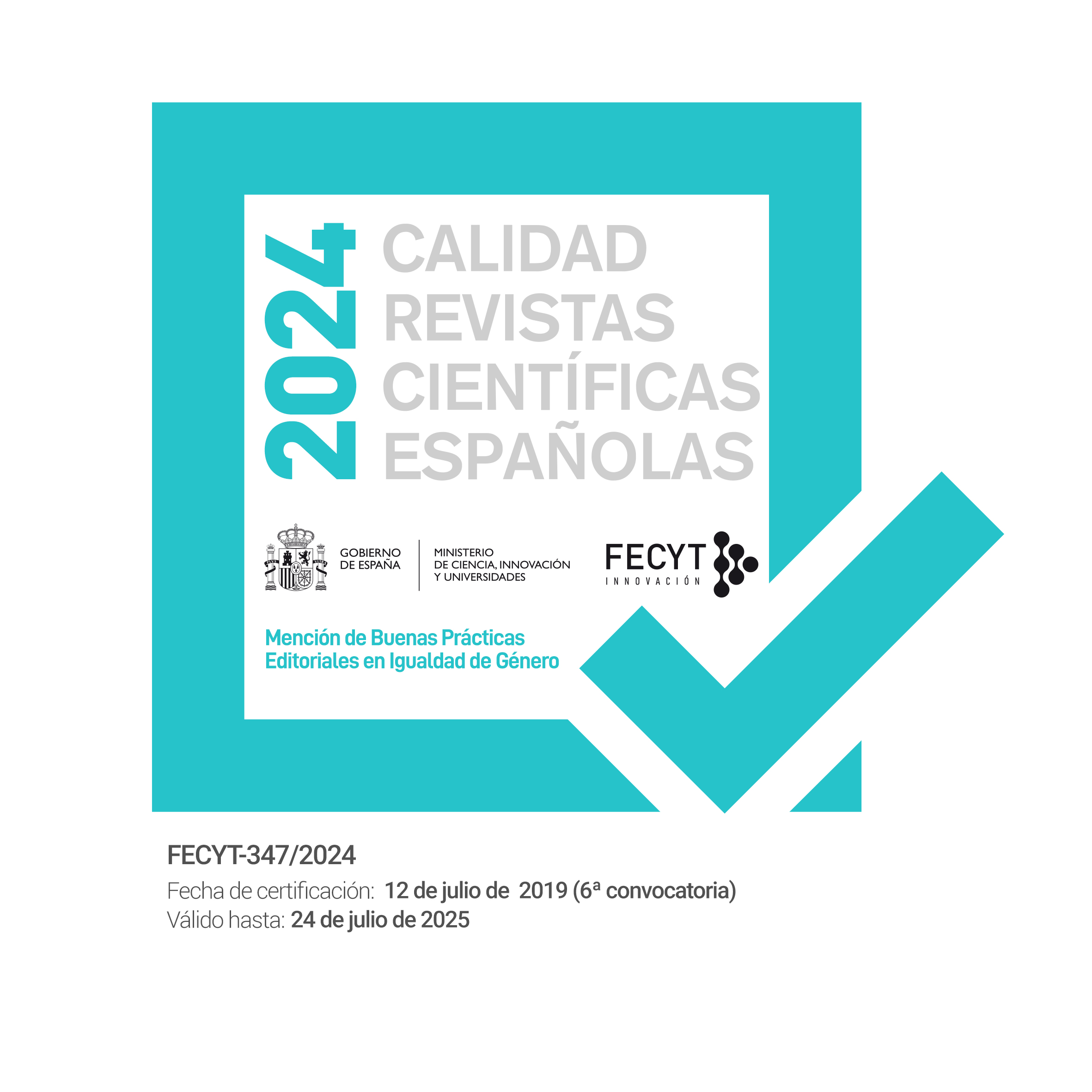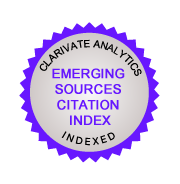El humanismo simbólico en la escultura de Gustav Vigeland
DOI:
https://doi.org/10.5944/etfvii.2.1989.2139Abstract
El 11 de abril de 1869 vio la luz cerca de Mandal, al sur de Noruega, el gran escultor Gustav Vigeland, hijo de un ebanista. Su padre era de carácter violento y desenfrenado, lúgubre ideología y religiosidad, y con un insaciable placer por el alcohol que imprimieron en el hogar una atmósfera opresiva. La gran mezcla de melancolía, pasión y frecuentemente también de fanatismo en el carácter de Vigeland fueron, con toda seguridad, herencia de la estirpe paterna. Por otro lado, sin embargo, delicadas cuerdas vibraron en su alma a lo largo de su vida heredadas, sin duda, del lado materno. Precisamente, estos grandes contrastes y enormes convulsiones fueron la fuerza motriz de su creación artística.Downloads
Downloads
Published
1989-01-01
How to Cite
D´Ors Fuhrer, C. (1989). El humanismo simbólico en la escultura de Gustav Vigeland. Espacio Tiempo y Forma. Serie VII, Historia del Arte, (2). https://doi.org/10.5944/etfvii.2.1989.2139
Issue
Section
MISCELÁNEA
License
Authors who publish in this journal agree to the following terms:
- Authors retain copyright and grant the journal right of the first publication with the work simultaneously licensed under a license Creative Commons Reconocimiento-NoComercial 4.0 Internacional that allows others to share the work with an acknowledgement of the work's authorship and initial publication in this journal.

- Authors are able to enter into separate, additional contractual arrangements for the non-exclusive distribution of the journal's published version of the work (e.g., post it to an institutional repository or publish it in a book), with an acknowledgement of its initial publication in this journal.
- Authors are permitted and encouraged to post their work online (e.g., in institutional repositories or on their website) prior to and during the submission process, as it can lead to productive exchanges, as well as to earlier and greater citation of the published work (See The Effect of Open Access).








